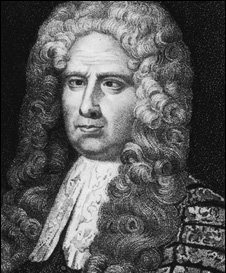1000s

- 983 German-Italian royal election
- 1002 German royal election
- 1024 German royal election
- 1028 Imperial election
- 1051 Imperial election
- 1061 papal election
- 1073 papal election
- 1075 Imperial election
- 1077 Imperial election
- 1081 Imperial election
- 1086 papal election
- 1088 papal election
- 1098 Imperial election
- 1099 papal election

